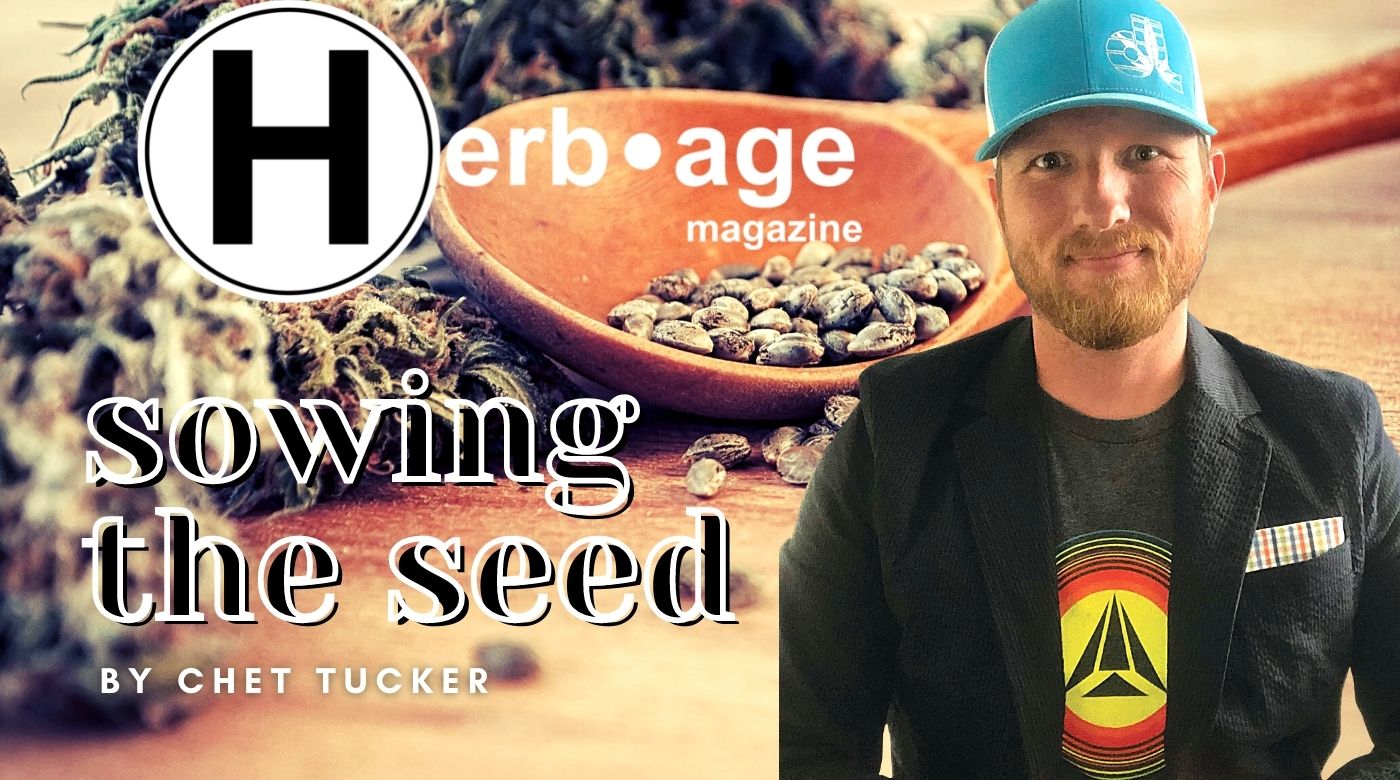By Chet Tucker
So, we’ve made it through the months of growing and fighting off all of the pesky challenges that can ruin a crop and we’re entering the final stages of harvesting. As the plants begin to produce resin trichomes, the attention to detail can’t dwindle, in fact, it’s magnified. Combing through the plants to check for trichome maturation is key to maximizing the quality and effectiveness of the genetics you’re growing.
There are many schools of thought on what trichome colors produce the heaviest THC punch and what gives you the best balance of terps and cannabinoids. Though some prefer to pull as soon as the trichomes at the translucent peak to early milky white stage, others preferring to wait until the trichomes have matured further, reaching an amber color. With that said, each strain is different and many advanced growers will split the their desired harvesting between a sativa dominant or indica dominant strains so that you’re maximizing the desired energetic or sofa-sink effects.

With that said, a general guide from sources across the industry share that once the bulbous are milky, Sativas are generally best pulled. When they are milky to amber, it’s best for Hybrids to be pulled and more sedative effects when they reach the early amber phase for your indica strains.
Again, each strain and grower will have their desired routines and thought processes but these are guides to harvesting toward the more generic Sativa/Indica/Hybrid categories. While some may harvest per plant, others may harvest per table/room of the same strain as long as the percentage of plants meet their desired trichome coloring and pulling too early or too late can impact the desired THC, terpene, and CBD numbers so take a deeper dive on your strains and what produces the best results.
Note: You’ll want to ensure you’ve flushed your plants before harvesting so ensure that no nutrients are present in the plants.
Next, you will want to determine how you’ll dry, trim, and cure your harvest. The compounds haven’t stopped producing after you’ve cut your plants and that’s what makes the preparation so crucial in producing the best cannabis that your genetics can deliver.
Even after cutting down your plants, THCA and cannabinoids are still producing in biosynthesis so in next month’s feature, we’ll take a dive into different curing techniques and prepare your flower for market. Until then, summer is here and outdoor crops are in the ground so here’s to wishing for the best weather conditions through Croptober!




